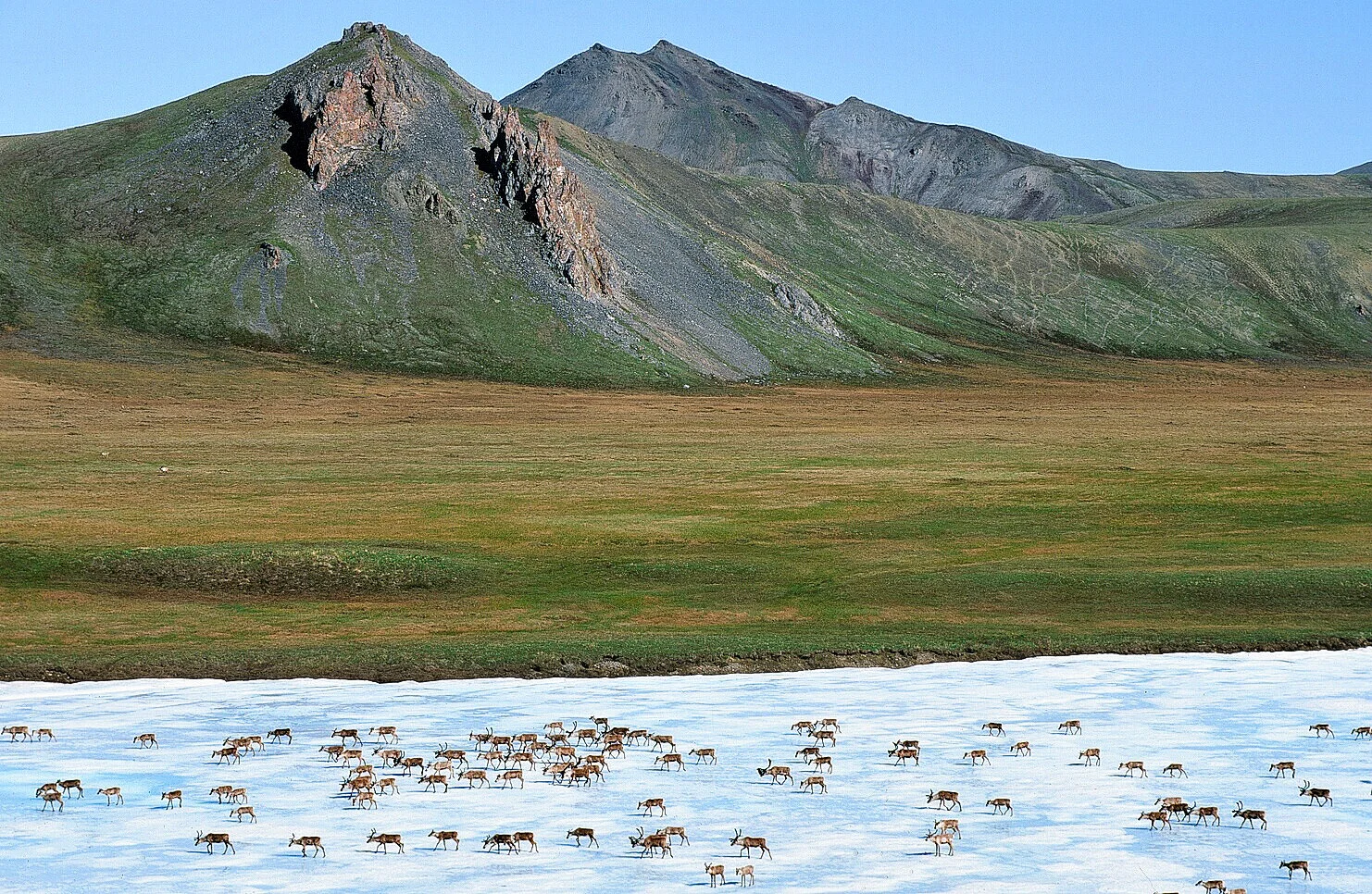Two-eyed seeing in the Yukon
By Katarzyna Nowak, Safina Center Fellow
I took a job in the coldest place on Earth. At least it was at -40 Celsius when I arrived in Whitehorse, Yukon, in the middle of January 2020. The Yukon, far from the madding crowd, is not beyond reach of the unavoidable. Yukon politicians declared a climate emergency at the end of last year and Yukon First Nations signed a climate change declaration in early 2020 to spur action. Climate change is already evident in the advancing shrubbery, hotter summers, the freak rerouting of rivers by glacial retreat, the permafrost made impermanent. My immersion was happening in an endangered season: winter.
The Yukon is still exceptional in climate connectivity—the ability of landscapes to promote the movement of animals in response to climate change. But encroaching on this exceptionalism are new mines and roads, proposed in intact sheaths of carbon-sequestering habitat where large, ecological and cultural keystone mammals like caribou and moose roam. Impeding them impedes the food web of which we are part.
Porcupine caribou, a transboundary herd shared by Yukon and Alaska, on ice (technically "aufeis") on the Clarence River, Arctic Refuge. The ice provides relief from insects. Photo: Ken Madsen
What follows are disruptions to old relationships, degraded and contaminated landscapes, impoverished, less food-secure societies, and loss of ancestral knowledge, people’s and other animals’.
Canadian scientist-activist David Suzuki refers to Canada’s boreal forest as the “northern lungs” producing oxygen we breathe and helping regulate global heating. I brag to friends about how the Yukon’s clean, crisp air satiates me like food.
A section of the "northern lungs,” boreal forest in the Yukon. Photo: Katarzyna Nowak
Yukon’s window of opportunity is still open. Every mine, every road is a gust that blows that window closed.
A placer mine (Schmidt Mining Corp.'s) on a tributary of the Indian River, Quartz Creek, mined several times over. Note the bulldozers (D10Ns), among the largest in existence. Photo: Sebastian Jones.
People come here from world over because it’s not like everywhere else. There’s opportunity in not being like everywhere else (think Werner Herzog’s Encounters at the End of the World). The average Yukoner has her eyes wide open: there isn’t just talk about a circular economy or clean energy, there are well-advertised “repair cafes” where volunteers fix your electronics or other damaged items. There are events for trading household and other goods; expos of electric cars; solar panel subsidies; impassioned public discussions about biomass, a carbon tax, a wetlands policy; online courses in climate change adaptation; a new post-degree certificate in climate change policy at Yukon College; and conferences about renewables in remote communities.
As the Trump Administration pushes to drill for oil in Alaska’s Arctic Refuge, across the border the Vuntut Gwitchin of the North Yukon are launching their solar energy project and looking to harness wind power next, while vying to protect the transboundary Porcupine caribou herd on which they depend and struggling with salmon counts made low by Alaska’s commercial fisheries.
Shortly after arriving back in the Yukon, I went to hear a talk by First Nation Elder, Joe Copper Jack. Copper has created a Land and Peoples Relationship Model for building consensus during collaborative planning processes. “Traditional and western knowledge don’t always merge,” he said, comparing them to opposite banks of a stream, “But climate change will help them merge.” Copper seeks to foster respect between the two as well as “two-eyed seeing”: the blending of western and Indigenous ways of knowing. Such a blend may help get us out of the mess we’ve made.
Expanding my reductionist western science upbringing to more holistic Indigenous worldviews was a big motivation of my coming to the Yukon. So far, rather than culture shock, what I’ve experienced is relief including at hearing Copper say, “feel as much as you think” after more than twenty years of being told, “think, don’t feel.”
As I prepare comments on proposed mining projects, some of them mind-bogglingly expansive, I think about “sustainability”, the fundamental collaborative law in Copper’s model. Yukon’s continued integrity depends on it. “The apparent long-term stability of the largest, least disturbed ecosystems is a deceptive guide to the potential speed of their collapse,” says a recently published scientific paper about nature’s tipping points and shifting regimes.
François Paulette, A Dene Suline and member of the Smith’s Landing Treaty 8 First Nation, who was the youngest chief to be elected in the Northwest Territories (NWT), is another Elder I get the privilege to hear. Speaking to an audience of more than 50 one evening at the MacBride Museum of Yukon History, Paulette emphatically—and memorably—says, “Yukon, your greatest treasure is not gold, it is caribou.” Then, he describes, possibly tongue-in-cheek, possibly not, how, in the NWT, which is not as rich in caribou as the Yukon, his people might need to become like the Sámi, nomadic reindeer herders of Northern Europe.
In her book about the environmental history of the Bering Strait, Bathsheba Demuth writes that “to be rich in 1899 required gold.” I think about how to be rich in 2020 requires wilderness, and the ultimate resilience it confers if we show it respect.



